Table of Contents: Cairo Egypt
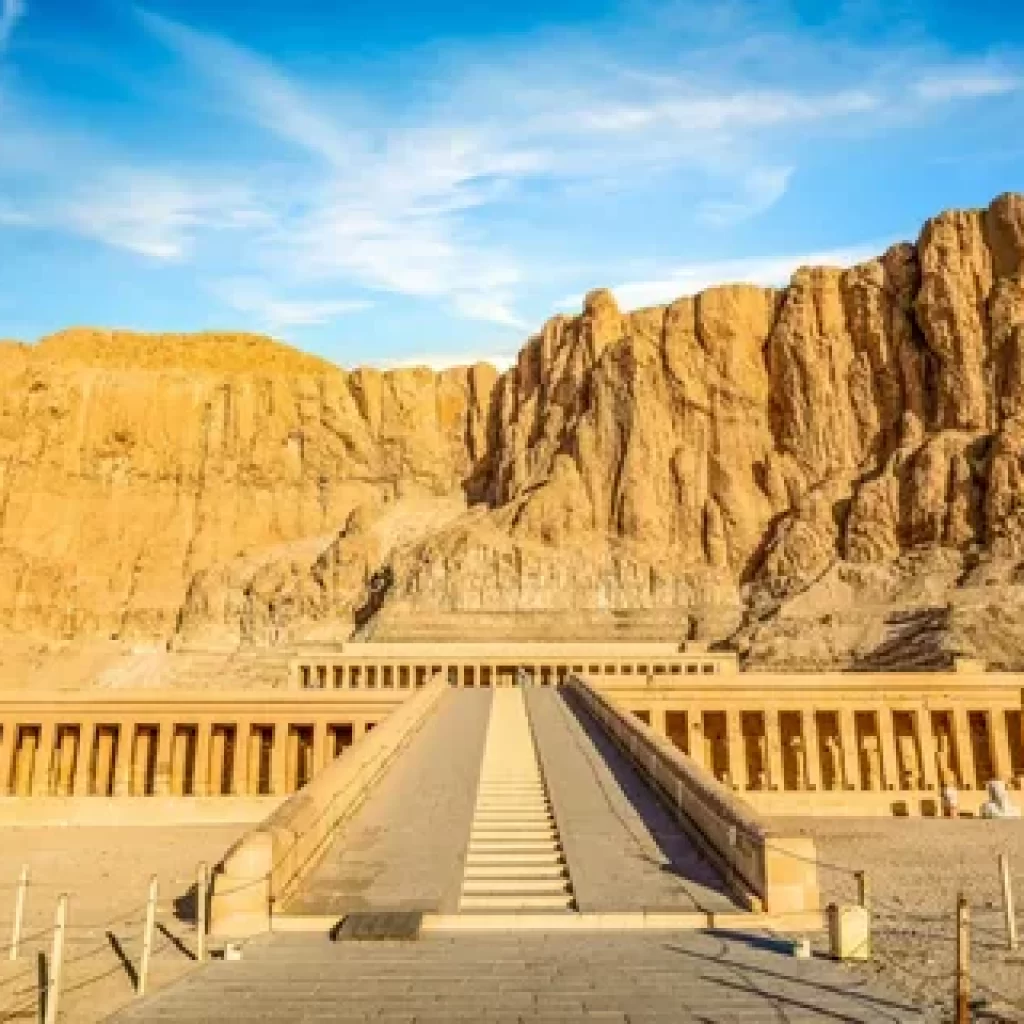
- Introduction
- A Brief History of Cairo
- Exploring the Architectural Marvels
- The Enchanting Old Cairo
- Unveiling the Treasures of the Egyptian Museum
- Witnessing the Majesty of Cairo Citadel
- Strolling Through the Vibrant Khan El Khalili Market
- Embracing Spiritual Serenity at Al-Azhar Mosque
- Cruising the Nile: Cairo’s Lifeline
- Modern Marvels: Cairo’s Contemporary Side
- Conclusion
- FAQs
Introduction: Cairo Egypt
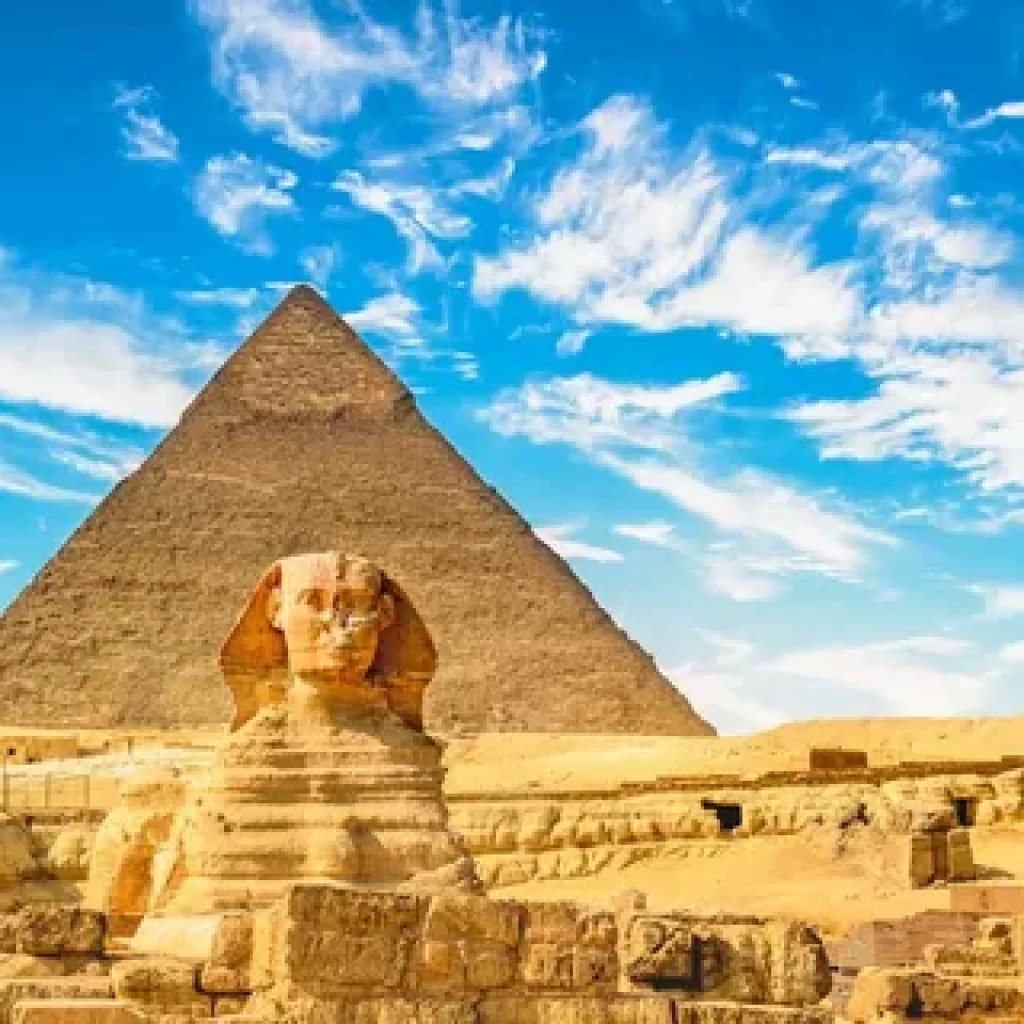
Cairo Egypt,With about 20 million people in greater Cairo, it’s bursting at the seams and pulsing with energy. And this energy will carry us to some of Cairo‘s greatest sights and most vibrant neighbourhoods. We’ll explore the backstreet’s local style, help chisel a tombstone, greet the ancient Sphinx, marvel at King Tut’s gold, and drop in on a mosque Cairo Egypt.
- A Brief History of Cairo:
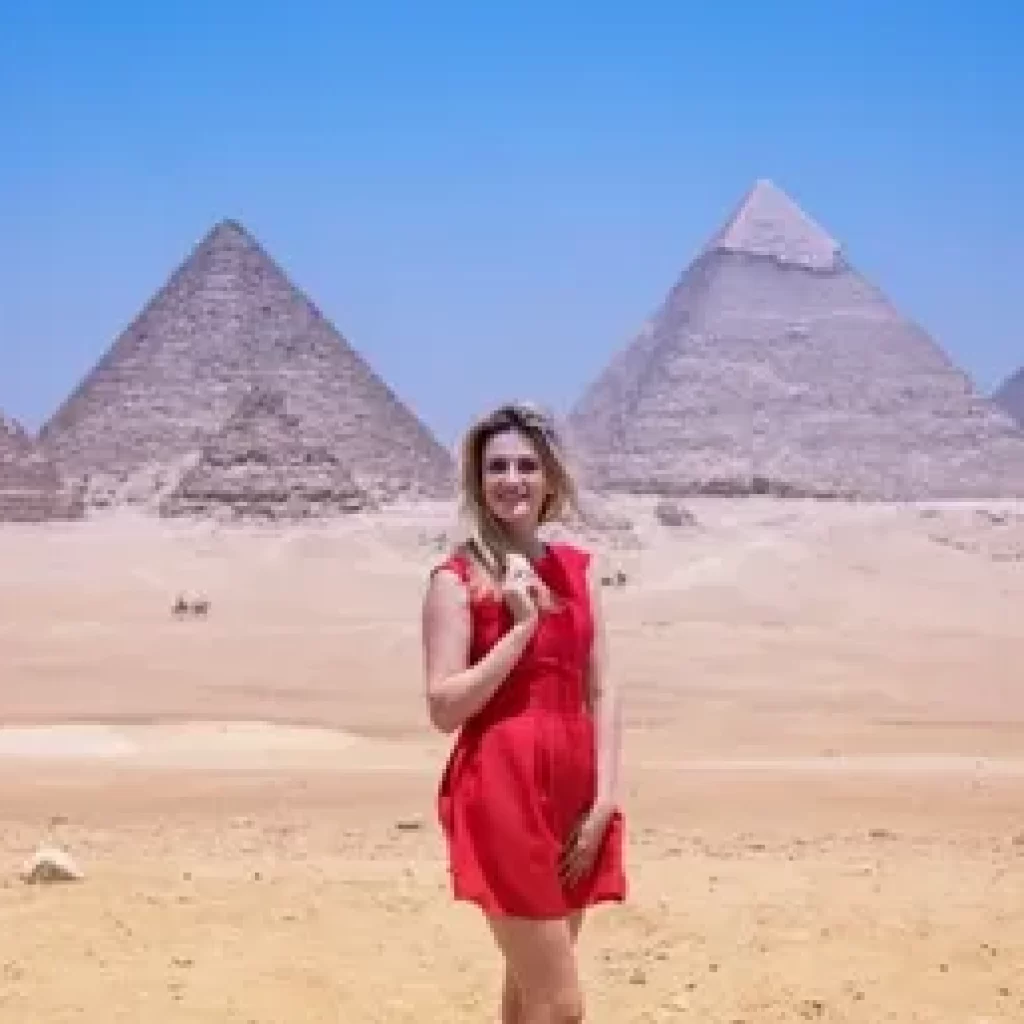
Cairo is a fascinating clash between traditional and modern, religious and secular, East and West. While its chaos can be exasperating, it can also be a rewarding challenge for the adventurous traveler. Cairo’s downtown is modern
and can feel European. Streets, squares, and grand buildings are reminders of the country’s colonial past from the 19th and early 20th centuries.
- Exploring the Architectural Marvels:
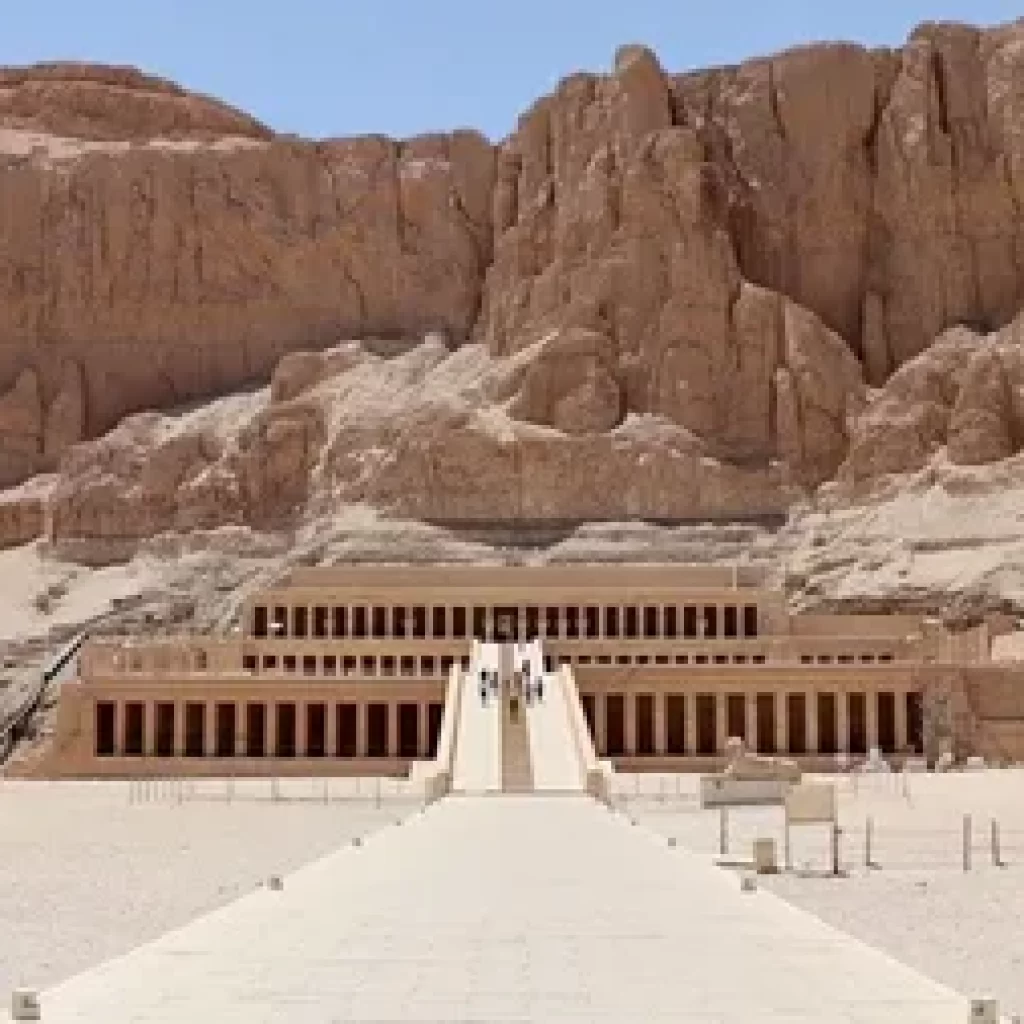
The ancient Egyptians used to mummify their bodies and also mummify their organs. King Tutankhamun, around the year 1,300 BC, had his organs inside this beautiful alabaster box, and which was also inside a wooden gilded box that had the surroundings of the four goddesses for protection. So it was always about protection.
- The Enchanting Old Cairo: While Egypt is predominantly Muslim, today, about 10% of the country is Christian. The Egyptian, or Coptic, Church actually predates Islam by six centuries. Because they worship in an orthodox style, stepping into a Coptic mass is like going back in time. The faithful believe that, when Mary, Joseph, and baby Jesus escaped Herod by fleeing to Egypt, this very spot is where they took refuge.
- Unveiling the Treasures of the Egyptian Museum:
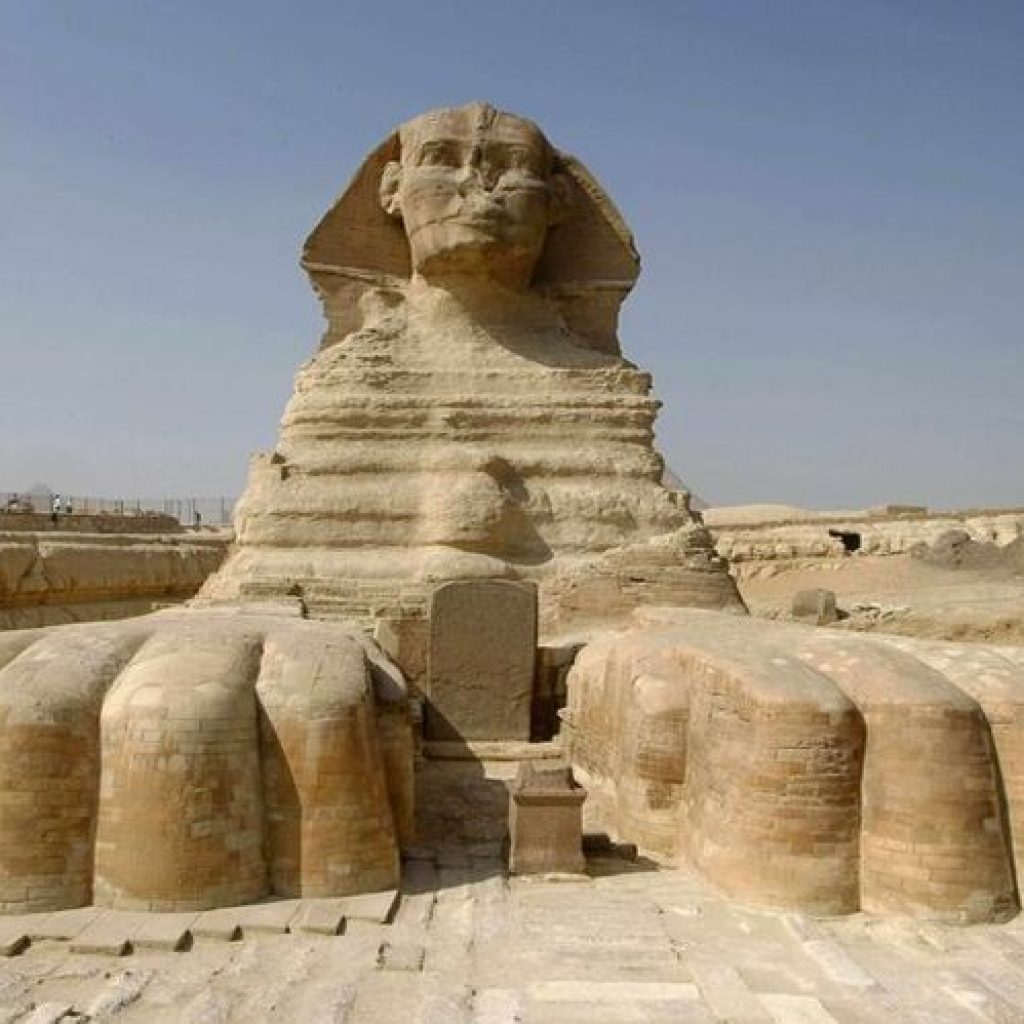
The mask of Tut looks like his face, so his soul can recognize him on his journey to the afterlife. Placed over the head of his mummy, it was 24 pounds of gold, with a cobra and a vulture to symbolize the United Kingdom of Upper and Lower Egypt, which Tut proudly ruled. After the museum, Cairo’s characteristic old quarter is a colourful celebration of today’s Egypt.
- Witnessing the Majesty of Cairo Citadel:
Ascend the Cairo Citadel and be awe-struck by the grandeur of its medieval architecture, as well as the breathtaking views of the city skyline.

- Strolling Through the Vibrant Khan El Khalili Market:
Khan Al-Khalili is the mega mall of medieval bazaars. Six hundred years ago, it was a caravanserai, a stop on a caravan trade route. Then. when the Ottoman Turks took Egypt, it became a bustling Turkish bazaar. Today it’s a stop for every tour group and the merchants are standing by… -How are you? Ah! How can I take your money? -…eager to charm you into a little shopping.
- Embracing Spiritual Serenity at Al-Azhar Mosque:
Visit the historic Al-Azhar Mosque, one of the oldest Islamic universities in the world, and experience the tranquillity and architectural beauty that lies within its walls.
- Cruising the Nile: Cairo’s Lifeline:

Embark on a relaxing Nile cruise and witness the timeless beauty of the river that has nurtured civilization for centuries, offering breathtaking views of Cairo’s landmarks.
- Modern Marvels: Cairo’s Contemporary Side:
Cairo sprawls. It’s a jam-packed city of over 20 million. Massive blocks of flat flats spring up, many violating building codes to congest the ever-growing suburbs. Driving through half an hour of this,
10. Conclusion: Cairo Egypt
we finally reach the desert and the sight that draws most tourists to Egypt: the Pyramids at Giza, one of the most recognizable scenes in all tourism.
Towering before us are the tombs of three great kings, or pharaohs. These monuments were built to mark, and to protect, the bodies of fabulously wealthy and powerful pharaohs. They spent a good part of their lives, and their kingdom’s wealth, building huge pyramids, which served as lockers for whatever they wanted to take into the afterlife: their bodies, their treasures — even their favourite pets.
FAQs: Cairo Egypt

1. What is Cairo known for?
Cairo is known for its ancient history, including the Great Pyramids of Giza and the Sphinx, as well as its vibrant markets, historic mosques, and the iconic Egyptian Museum.
2.How old is Cairo?
Cairo was founded in 969 AD, making it over a thousand years old.
3. Is Cairo safe for tourists?
Cairo is generally safe for tourists, but it is advisable to exercise caution and follow travel advisories. It is recommended to take common safety precautions and be aware of your surroundings.
4. What is the best time to visit Cairo?
The best time to visit Cairo is during the spring (March to May) and autumn (September to November) when the weather is pleasant and comfortable for exploring the city.
5. Can I visit the inside of the Great Pyramids in Cairo?
Yes, visitors can enter the Great Pyramids of Giza, though certain restrictions and regulations may apply. It is advisable to check with the authorities or a tour guide for the latest information.
6. What is the official language spoken in Cairo?
The official language spoken in Cairo is Arabic. However, due to its popularity as a tourist destination, English is widely understood and spoken in many establishments.
7. How do I get around Cairo?
Cairo has an extensive transportation network, including taxis, buses, and the Cairo Metro. Taxis are a popular and convenient mode of transportation, but it is advisable to agree on a fare before starting the journey.
In conclusion: Cairo Egypt
Cairo, Egypt’s capital, is a city that encompasses a rich tapestry of about 20 million people in greater Cairo, it’s bursting at the seams and pulsing with energy. And this energy will carry us to some of Cairo’s greatest sights and most vibrant neighbourhoods. We’ll explore the backstreets local style, help chisel a tombstone, greet the ancient Sphinx, marvel at King Tut’s gold, drop in on a mosque

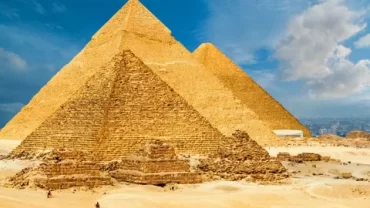



Comment (0)